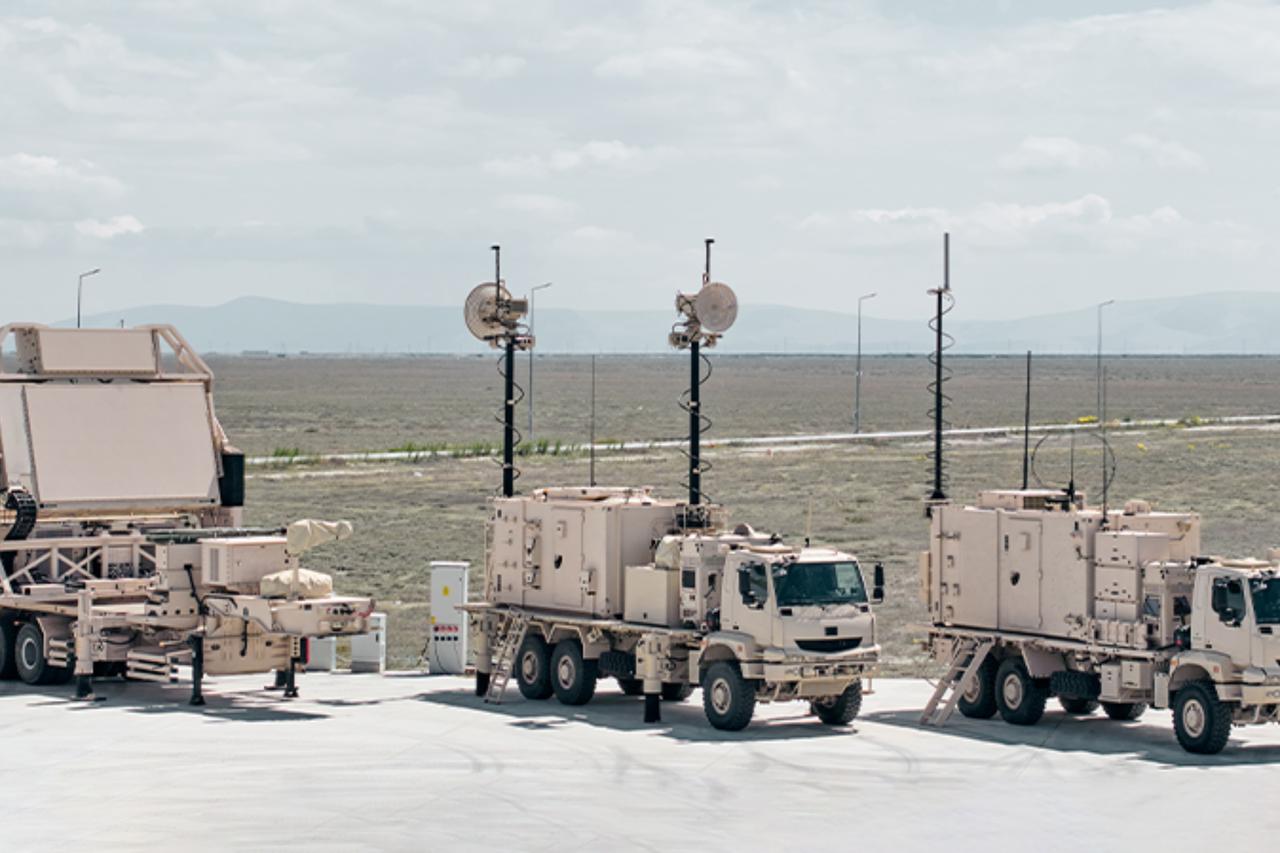
Türkiye successfully carried out a milestone test of its long-range air defense system SIPER 1, marking another major step in the country’s expanding air and missile defense capabilities.
The SIPER 1 Long-Range Air Defense Missile scored a direct hit during an autonomous battery firing conducted under the control of the Turkish Air Force.
The test took place on Nov. 16 at the Sinop Test Center and was performed using only battery-level elements of the system.
According to officials, the scenario included both friendly and hostile target aircraft, making it the most challenging and comprehensive firing conducted so far.
The test confirmed that SIPER 1’s autonomous battery functions operated effectively within a distributed architecture.
SIPER 1 forms a core part of Türkiye's multi-layered air defense structure known as “Steel Dome.”
The system combines Aselsan's radar, command-and-control and sensor technologies with Roketsan's missile and warhead engineering, supported by the operational experience of the Turkish Air Force.
Authorities described the system as a nationally developed strategic capability aimed at strengthening the protection of Turkish airspace through domestically engineered solutions.
The battery-level configuration used in the firing included the fire control center, fire control radar, missile launch system and a full-configuration missile.
SIPER 1 is designed as a long-range regional air and missile defense system, noted for both its range and precision.
It is considered one of the most critical shield layers securing Türkiye’s airspace.
Serial production battery deliveries for SIPER 1 continue under the guidance of the Presidency of Defense Industries.
Officials said the successful autonomous firing represents another key threshold for the program and reinforces Türkiye's commitment to building its own national air defense shield.
The test was described as a significant demonstration of the country’s engineering capabilities and its determination to advance toward stronger, higher-performance systems in the years ahead.